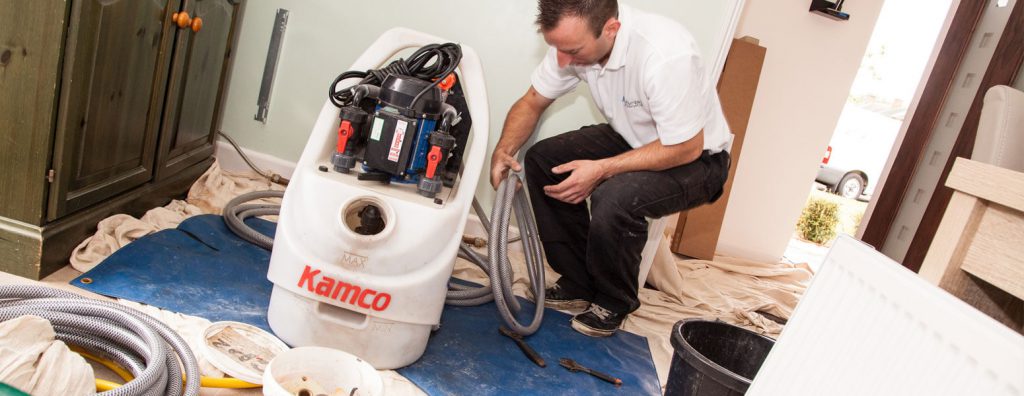Water Treatment for Central Heating Systems

Central heating systems are used on a nearly daily basis by people around the world, and like any other system, it is liable to encounter faults over time, especially if you have it for a significant number of years. However, there are a number of ways you can treat your system to maximise its performance and minimise the possibility of faults.
Water treatment is a very effective method of caring for your system and coupled with various other factors it can significantly enhance the performance and lifespan of your central heating. Building Regulations, British Standards and the majority of boiler manufacturers provide instructions about water treatment within their installation manuals.
By flushing out sludge or any residue that may be present in your system, you can improve the efficiency of the flow of water in your central heating, therefore reducing the time it takes for hot water to be available to you. Sludge could be an indicator of electrolytic corrosion, which can occur when different metals in the system come into contact with each other. By using the correct treatment chemicals, you can eliminate these issues and restore your system to full working order. The treatment chemicals can range in type and strength, depending on the manufacturer’s recommendations. The chemicals required could be simple detergents for lesser build ups, to stronger cleaners specifically designed to tackle large, long-standing deposits.
BS 7593 lays out some cleaning methods that adhere to the guidelines set out by the Building Regulations. These are:
Conventional clean and flush
Simply using gravity to empty the system, refill it and, where required, using water treatment chemicals to assist with the flushing and removal of deposits. The system will be flushed with clean water, and then inhibitors are added as a preventative measure for future issues.
Mains pressure clean and flush
Using a hose connected to the mains pressure and a selected point on the heating system, and then connected to a foul drain, the system can be flushed out after the addition of water treatment chemicals to remove build ups. Each radiator is flushed individually by opening their valves in turn, and then the whole system is flushed with all valves open.
Power flushing
Power flushing is done using a specially designed system, and carried out before the boiler is installed in a property. This may not be suitable for some systems, and manufacturers will provide instructions as to whether or not your system will benefit from a power flush. It is done by rapidly circulating water around the heating circuit, along with treatment chemicals.
Download our Power Flushing GuideHere at A&D Plumbing, we are proud to offer a wide range of central heating services that cater for all needs. If you need your central heating system flushed or cleaned, or you are considering a new installation entirely.
Get in touch with us today by calling 01206 205 940 – and we’ll be more than happy to help.




